Overview
Janak Tal is a high-altitude alpine lake nestled in the Nelong Valley in the Uttarkashi district of Uttarakhand. This oval-shaped lake is located at an altitude of 4,200 m (13,780 ft) and covers a perimeter of about 365 m. Known for its raw scenery and crystal clear blue water, Janak Tal offers a unique opportunity for trekkers to experience the untouched beauty of the Garhwal Himalayas.
The trek to Janak Tal starts from the Jadhung Village of Nelong Valley which remained closed to civilians after the Indo-China War of 1962. However, the government has eased the restrictions on the Nelong Valley for visitors in 2015. Currently, Jadhung Village is being developed for tourist activities under the Vibrant Village Programme of the Central Government. Under this scheme, several homestays are being developed in the Jadhung Village to support the resettlement of the Jadh Bhotiya locals and create livelihood opportunities.
Janak Tal being an isolated trekking destination in a politically sensitive area, receives only a few visitors due to strict restrictions. You require a special permit to attempt this trek from the forest department and the SDM of Uttarkashi. The total trekking distance for the Janak Tal trek is 22 km. This is a moderate-level trek that is suitable for physically fit trekkers.
What makes this trekking destination different is the exotic wildlife of Gangotri National Park and the Ladakh-like landscape of Nelong Valley. Janak Tal is famous for the clear views of the Milky Way galaxy in the night sky and astronomy activities. For the best experience, the ideal time to do the Janak Tal trek is between May to June and mid-September to mid-October. The trek offers an unparalleled insight into the Himalayan geography and the political impacts on the people of the region.
Let us discuss everything you must know about the Janak Tal trek. We have given a detailed itinerary that suits experienced trekkers, the best time to visit, trek difficulty, and a few interesting facts about the Janak Tal Lake.
Trek Itinerary
Drive Distance and Time: 218 km; 7-8 hours
Altitude: 2,620 m/ 8.596 ft
Highlights: Moriana top, Chinyalisaur, Khedi Waterfall, Jhala, Sukki and Harsil
Arrive at Dehradun on Day 0 from your city to start your journey to Janak Tal. On day 1, hire a cab from here early in the morning for a scenic drive towards Harsil Valley. Take the NH 707A route via Mussoorie Road and enjoy the lush greenery en route.
You will further pass through Almas and Moriyana Top before taking the NH 34 route towards the Uttarkashi district. Enjoy the beautiful Maneri Dam or Khedi Waterfall, 63 km from Harsil. On your way, you will cross through Gangnani, Sukki, Jhala, and Purali villages before arriving at Harsil.
Check in to your accommodation on arrival. In the evening, you can explore the nearby markets and food stalls in Harsil.
Drive Distance and Time: 34 km; 2-4 hours
Altitude Gain: 2,620 m/ 8596 ft to 3,829 m/12,563 ft
Today’s Difficulty: Easy
Highlights: A scenic drive via Nelong Valley with views of Jadh Ganga
On Day 2, we will continue our journey to Jadung Village, our base camp for the Janak Tal trek. Start your day early with a hearty breakfast. You need a private SUV or a forest department vehicle with a special permit to enter the Nelong Valley, so make your arrangements in advance. Drive towards Bhaironghati by taking the NH 34 route.
The route offers unparalleled views of the River Bhagirathi flowing through the Valley. You can take a quick stop near the famous Mandakini Waterfall to enjoy the beautiful scenery. Driving further, you will arrive at Lanka Bridge. This highest motorable bridge in Uttarakhand offers a unique experience, where you get to see the Jadh Ganga River flowing through a deep gorge.
Once you arrive at the Bhaironghati Checkpost, take the left route to enter the Nelong Valley. The transition in landscape from lush greenery to a dry alpine desert will make you question whether you are still in Uttarakhand. The beauty of rocky cliffs, small waterfalls, and Jad Ganga flowing parallel to the route makes it even more enjoyable.
Get your permits checked at Nelong Valley Checkpost and proceed further. On your way, you will pass through Hawa Bend, Pagal Nala (a fast-flowing stream), and Hindola Ghat. The entire valley is so beautiful that it cannot be described in words. The setting of a cold alpine desert amidst the rocky and rugged mountains will force you to step out of your vehicle to admire the surroundings.
The distance from Nelong Village to Jadung Village is about 16 km. Once you enter Jadung Village, you will find yourself in an abandoned village full of ruins and old houses. Explore the area to see the remnants of what was once a lively village of Jadh Bhotiya locals. Set up your camps here to retire for the night.
Trek Distance and Time: 11 km; 6-7 hours
Altitude Gain: 3,829m/12,563 ft to 4,200 m/13,780 ft
Today’s Difficulty: Moderate
Highlights: Jadh Ganga, Jadung Village, Lal Devta Temple and Janak Tal
This is the day you have been waiting for. Today, you will start your exciting trek to the Janak Tal from Jadhung Village. Start your day early as it is a 7-hour-long trek to the high-altitude lake. The entire Janak Tal trail includes several steep yet easy ascents and gentle descents on a rocky and rugged path. You will cross a few small streams and waterfalls on your way that originate from small glaciers in the valley.
After a continuous trek for 3 km, you will arrive at the Lal Devta site. This Jadung Gaad flows here from the west and you will find vast terraced fields surrounding this place. Cross the narrow stream of Lal Devta Nala and climb further to reach the Lal Devta Temple on the right bank of Jadung Gaad. Offer your prayers at the rock temple of Lal Devta before you continue your journey.
The trail becomes fairly easy after the valley opens up. You will find a trail section that goes through terraced ridges, small glaciers, and streams with rocky terrain, full of loose scree and moraine. About half a kilometer before Janak Tal, you will find a clear blue stream merging with the fast-flowing Jadung Gaad.
Follow the clear blue stream. Crossing the boulders on your way and climbing a few steep sections, you will reach the vast grounds of the valley. Nestled in between, you will find heaven within heaven: Janak Tal with its turquoise blue and clear water. The isolated and raw beauty of this alpine lake spread amidst the towering peaks, gives you an incredible view of nature’s masterpiece.
Here, you can find ITBP and army camps set up on the ground near Janak Tal. Set up your camps at the campsite before it gets dark. Despite the low temperature at night, do not forget to step out of your tents to witness the clear starry night.
Trek Distance and Time: 11 km; 6-7 hrs
Altitude Loss: 371 m/ 1,200 ft
Today’s Difficulty: Moderate
Wake up to a heavenly sunrise hitting the peaks surrounding the Janak Tal camp area. The reddish orangish rays hitting the browns of the alpine desert and the blue water of the lake are truly a sight to behold.
Hike up to the nearby areas to explore a small Shakti temple that stands as a remnant of Jadh Bhotiya culture intertwined with Hinduism. Here, you will find various figures of Maa Durga along with some Buddhist rock inscriptions.
After exploring the area, trace your steps back to the Jadung Village. The initial trail section will go through the easy but rugged terrain over the ridges and loose moraine. You will reach the Jadung Village campsite by evening where you can set up your camps and have a restful sleep at night.
Drive Distance & Time: 34 km; 2-4 hrs
Altitude Loss: 1,209m/ 3,967 ft
Your journey does not end after the exploration of Janak Taal. On day 5 we will drive back to Harsil Valley and explore its nearby small villages on our way. If time permits, you can also go for Gangotri Dham Darshan, approx. 16 km further from Bhaironghati.
Start your day early and enjoy a scenic drive through the narrow routes of Nelong Valley. Once you arrive at Bhaironghati, you can either take the right route to the town of Gangotri or continue your journey back to Harsil. Take a pit stop at Bhaironghati to witness the confluence of the Jahanvi River with the Bhagirathi River.
Catch the stunning views of Gartang Gali, a hanging wooden staircase that represents an ancient Indo-Tibet trade route. If you have an extra day in your itinerary, you can attempt the Gartang Gali hike which is another unique experience in itself.
After crossing Lanka Bridge, a 9 km further drive will take you to Dharali. Explore the beauty of apple orchards here and offer your prayers at Kalp Kedar Temple. Further, the route will take you to Mukhba Village which is known as the ‘Mayka of Maa Ganga’ and other small temples.
Drive about 5 km to Bagori Village, the current settlement of the Jadh Bhotiyas of Jadung Village. Enjoy your Garhwali lunch here, and interact with the locals to gain interesting insights into their lives and cultural traditions. Do not forget to visit the Buddhist temple.
Finally, arrive at the beautiful Harsil Village. Venture out towards the banks of the Bhagirathi River for sightseeing. Explore the local market at Harsil and its famous post office that was featured in a Bollywood movie. Check in to your accommodation for dinner and retire for the night.
Drive Distance & Time: 216.2 km; 7-8 hrs
Day 6 marks the end of your Janak Taal trek and Harsil Valley trip. Have an early breakfast before catching a cab or shared taxi to Dehradun from Harsil. Reminisce the dense forests and the heavenly beauty of the Valley by stopping at different viewpoints on your way.
Package Details
Price Inclusion
Accommodation for 5 nights: Stay is included from Day 1 to Day 5. It includes camping for three nights during the trek and a homestay, guesthouse, or hotel at Harsil on Day 1 and Day 5 on triple-sharing basis. Single and double-sharing options are available at an additional cost.
Transportation: Transport from Dehradun to Harsil and back is included.
Meals: Meals from dinner at Harsil on Day 1 to breakfast on Day 6 are included.
Trek Equipment: All essential trek equipment is included, such as sleeping bags, kitchen and dining tents, utensils, mattresses, personal tents, and toilet tents.
Forest Entry and Inner Line Permit: All required National Park charges, Inner Line Permit, fuel charges, and tolls are included.
Experienced and Certified Guides: A qualified, professional team, including a mountaineering-certified trek leader, guide, cook, and support staff, will accompany you.
Emergency Kit: First aid medical kits, oxygen cylinders, and stretchers are provided to ensure the safety, comfort and well-being of all participants.
Trek Certificate & HDT Badges: Receive a trek certificate and HDT badges to celebrate your adventure.
Price Exclusion
Meals during Transfer: Meals are not included while traveling to and from the trek starting points.
Emergency Evacuations: Any charges related to emergency evacuation are not included.
5% GST is not included.
Personal Expenses: Any meals or accommodations outside of the provided itinerary or additional services not listed in the inclusions.
Any items not mentioned in the inclusion.
Personal Luggage Carrying: Charges for mules or porters to carry personal luggage are NOT included in fees.
Best Time to Visit for this Trek
The entire Nelong Valley comes under the premises of Gangotri National Park, hence it remains closed during the winter months from November to April. Tourists can visit the valley from the month of May which marks the arrival spring season. Therefore, the best time to do the Janak Tal trek is between May to June and mid-September to October.
While the Summer gives you comfortable trekking conditions and stable weather, Autumn presents the thrill of trekking in chilly weather. The monsoon months of July and August are not recommended for the Janak Tal trek. The risk of mudslides and landslides along with flooding of the Jadh Ganga River and other water streams increases due to extreme and unpredictable rainfall.
Let us discuss the ideal months for trekking in Janak Taal in detail:
| Attribute | Details |
| Temperature Range | 7° C to 20°C during the day |
| -9°C to 2°C at night | |
| Weather | Cold air with pleasant trekking conditions |
| Clothing layer required | Thermal inners with fleece outer and a jacket |
| Ideal for | Trekking in pleasant and stable weather; Bustling Villages; Astronomy-clear nights |
| Special features | Lush forests with blooming rhododendrons at Harsil Valley, bird-watching activities, and chances of spotting Himalayan fauna in Nelong Valley |
The Gangotri National Park reopens in May, making this the peak tourist season for trekking and tourist activities. May and June also bring favorable trekking conditions in the Nelong Valley. You may find residual snow on the top of surrounding peaks and the water streams, the snow on the trekking trails usually melts by this time. You will find the greenery of Deodar forests, apple orchards, and blooming rhododendrons in the Harsil Valley and its nearby villages.
The temperatures during the day range from 7°C to 20°C although, at night the mercury may plummet to sub-zero temperatures. Rainfall is less frequent, causing lesser risks of landslides. Therefore, summer is the best time to do the Janak Taal Trek.
| Attribute | Details |
| Temperature Range | 5° to 12° during the day |
| -15° to 2° at night | |
| Weather | Cold winds during the day with chilly and sometimes sub-zero temperatures at nights |
| Clothing layer required | heavy thermals with fleece outer and windproof and padded jacket |
| Ideal for | Scenic views of the peaks and fall landscape in Harsil Valley, photography enthusiasts, isolated trek |
| Special features | Golden landscape, raw and untouched scenery, thrill of winter trekking |
Another best time to attempt the Janak Tal trek is the post-monsoon season during mid-September and October. In late September, the monsoon is in its withdrawal phase, minimizing the risks of cloudbursts, landslides, or flooding. Late September and October mark the arrival of autumn in Nelong Valley and its surrounding areas. The weather becomes chilly yet comfortable for trekking. Carry appropriate warm clothes and thermals for layering to protect yourself from extreme cold.
Winter in the valley arrives in late October and due to harsh weather and the closing of Gangotri National Park, trekking to Janak Tal during this time is not possible.
Difficulty Level of this Trek
The Janak Tal Trek is considered a moderate to difficult-level trek because of its extremely rugged terrain, which consists of loose moraine, scree, and big boulders. This trek suits trekkers who are reasonably fit and have high-altitude trekking experience. The trail from Jadung Village to Janak Tal resembles a serpentine trail with zig-zag paths winding through the rocky mountains and Valleys. The gradient is gentle throughout the trek with a few steep sections that may be difficult but the views at Janak Tal make it worth the toil.
Given its proximity to the Gangotri National Park, the Nelong Valley region is frequently visited by wild animals at night. So, take extra care while camping, make sure you camp near the army bunkers for your safety. Let us discuss some of the factors that make Janak Tal Trek moderately difficult:
The region beyond Nelong Valley is a cold desert which means you will find less vegetation except for a few alpine shrubs. This also makes the terrain rocky and prone to avalanches and landslides. While trekking you will cross several small streams and waterfalls. The loose rocks and moraine pose a risk of ankle injury for the trekkers. You must hike with focus to ensure you do not tumble the stones while walking. There are no technical sections, but walking on the ridge section after the Lal Devta site requires prior trekking experience.
The total distance that you will be covering from Jadung Village to Janak Tal is about 11 km and the total trek distance to and fro is 22 km. Trekking continuously for such a long distance in the rough terrain of the Nelong Valley region makes it a moderately difficult trek. Use good quality hiking and trekking boots to support your ankle well and have a comfortable walking stance.
On the second day itself, you gain a significant altitude of about 1,209 m from Harsil to Jadung. However, the altitude gain while trekking from Jadung to Janak Tal is mild (371 m). This is another factor that makes the Janak Tal trek moderate, but you must acclimatize for a day before starting your trek to avoid Acute Mountain Sickness (AMS) and have a smooth trekking experience.
We recommend attempting the Janak Tal trek during the summer and autumn seasons as these are the safest months for trekking in the Nelong Valley region. Being an alpine desert the weather and temperatures during winter become extreme, and it remains closed to the visitors. During the monsoon, the area becomes almost inaccessible due to landslides and big rocks blocking the trails. The loose soil becomes very slippery and one might face severe injuries while trekking.
Preparation for the Trek [Physical Fitness, AMS]
Treks are all about fun, adventure, finding yourself, etc, but only for those who are mentally and physically fit. Because activities like treks, especially a Himalayan trek, challenge you on different levels in unimaginable ways and situations.
Janak Tal trek falls under a moderate-level trek. Being fit is like being equipped with the right weapons for a battle. With a fit body and strong mind, you can make the most out of your trek.
The trek difficulty dictates your level of fitness and preparations for it. As mentioned above, it is moderate level trek and proper preparation is needed as it’s mountainous terrain.
In the beginning, the ascent from Jadung to Janak Tal can feel challenging as it is going to be your first day hiking. The high altitude of this trek increases the chances of AMS. Since Harsil is at a good altitude, a night stay there helps in proper acclimatization. The trail is rocky and filled with gravel. Facilitated with a proper workout regimen, you can really take note of the surrounding environment and not waste time catching your breath.
Mental preparation includes thorough research of the trek you want to do or decide to do. Understand the terrain, difficulty level, and the ways to get fit for it, look up for sudden situations that may happen, and how to tackle them. Being prepared gives you an edge to keep calm & handle a difficult situation.
1. Exercises to achieve the goal
- Cardiovascular Training: Running, cycling, and swimming to boost stamina.
- Strength Training: Focus on leg exercises like squats, lunges, and step-ups for endurance.
- Core Strength: Planks, mountain climbers, and Russian twists to maintain balance on uneven trails.
- Flexibility Exercises: Stretching, yoga, and dynamic warm-ups to prevent injuries.
- Mental Conditioning: Visualisation techniques, breathing exercises, and meditation to strengthen focus and manage stress on difficult days.
Tip: For moderate to difficult-level treks, practice exercises with weights. Seek professional advice accordingly.
2. Extra Tips related to the diet, muscle recovery, and healthy lifestyle routine
Diet: Incorporate proteins like lentils, eggs, paneer, whey protein, etc for fast recovery after a strenuous trek. Whole grains like wheat, barley, etc, for sustained energy, and leafy greens like spinach, bitter guard, and any seasonal veggie for those extra nutrients and building the immunity system.
Muscle Recovery: Plan rest days and add stretching, relaxing yoga poses or foam rolling after every workout.
3. Lifestyle Routine:
- Stay hydrated – drink 2 to 3 liters of water. To incorporate more nutrients, including coconut water, fruit, and vegetable juices.
- Don’t consume alcohol and caffeine.
- Start sleeping up to 8 hours.
Altitude Sickness happens when your body cannot adjust to lower oxygen levels at higher altitudes. This happens mainly because your body doesn’t have enough time to acclimatize to a higher altitude or not enough time to get used to lower oxygen levels.
How to Prevent AMS –
- Gradual Ascent: Climb slowly to give your body time to adjust.
- Hydration: Drink plenty of water to prevent dehydration.
- Rest and Sleep: Ensure ample rest, especially as you reach higher camps.
- Avoid Alcohol: Limit alcohol and caffeine, which can lead to dehydration.
What to do –
- Most Important – Inform your trek leader as well-trained leaders and experience they can assess the situation better and find solutions faster.
What trek leader may suggest? Trekkers without agency should also know these instructions –
- Stop and Rest: Pause your trek to recover.
- Descend if Necessary: Descend immediately to Sankri Basecamp. Our team with the vehicle and necessary help will be there for further action.
- Stay Hydrated: Drink water and avoid strenuous activity.
- Seek Medical Help: After descending, our team will take you to the nearest hospital if needed. If solo, then descend and seek the closest medical help.
- Nearest Hospital Details – District Hospital Uttarkashi
- Address – PCHV+W38, near Vishwanath Chowk, Uttarkashi, Uttarakhand 249193
- Contact Number – Dr. B.S. Rawat, 9557900198
Trek Essentials
- 45-60 Ltr Bag Pack With Rain Cover & Comfortable Straps
- Hot and Cold Water Bottle Like Borosil and Milton
- Energy Bar, Dry Fruits, and ORS
- Personal Medical Kit
- 1 Pair of Sunglasses (UV Protected)
- 1 Neck Gaiters (Buff)
- Tiffin Box
- 2/3 Full Sleeves (Non-Cotton)
- 1 Full Fleece T-Shirt
- 1 Fleece Jacket (Woolen or Sweater)
- 1 Down Feather/ Hollofil Jacket
- 1 Waterproof Jacket/ Poncho
- 1 Pair of Thermal Inners (Upper and Lower)
- 2 Trek Pants (Avoid Shorts and Denim Pants)
- 1 Pair of Waterproof Gloves
- 1 Pair of Woolen Gloves
- Sun Cap
- Woolen Cap
- 4 Pairs of Cotton Socks
- 1 Pair of Woollen Socks
- 1 Waterproof and High Ankle Trekking Shoes
- 1 Pair of Floaters
- Hand Sanitizer and Sunscreen Lotion
- Toothbrush and Toothpaste
- Toilet Paper
- Quick Dry Towel
- Lip Balm and Antibacterial Powder
- Moisturizer
- Aadhaar Card, or Pan for Applying Permit
- Trek Insurance
- Medical Certificate
- Self-Declaration Form
- Sleeping Bag
- Common Tent
- Mattress
- Dining Tent
- Camping Stool
- Walkie Talkie (For Team)
- Utensils
How To Reach Base Camp
To visit Nelong Valley and trek further to Janak Taal, you must arrive at Uttarkashi first. The nearest international airport that is well-connected with major cities of India is Jolly Grant Airport near Dehradun. You can also book a flight to Delhi from your city and then drive to Dehradun to reach Uttarkashi. Continue your journey towards Jadung Village via Road by hiring a cab (you will need a special permit to enter both Nelong and Jadung).
Note: Reach Dehradun on Day 0 for the best experience and book your flight tickets 2 months in advance to avoid high airfare.
The nearest railway stations to Uttarkashi are Dehradun Railway Station (139.9 km) and Rishikesh Railway Station (163.6 km). Both these stations are well-connected to the other cities of North India and Delhi. If traveling from South India, a train journey can be very time-consuming and air travel will be more convenient.
The train journey offers beautiful views of the mountains on its way to Dehradun or Rishikesh. Upon reaching, you can hire a cab or take a bus to Uttarkashi, and further, you can travel to Jadung Village by car via Harsil.
Traveling to Jadung Village is most convenient with a private vehicle, all you require is a special permit and a Registration Certificate to enter the Nelong Valley. You can reach Dehradun from Delhi by road. Further, take the route that goes through Landour, Suwakholi, and Chinyalisour to reach Uttarkashi and further to Harsil. Book your stay at Harsil or Dharali, whichever is convenient for you, and continue your journey to Jadung via Nelong Valley.
Another alternative is to reach Dehradun via flight or train and further, you can take a UTC bus to Uttarkashi. You can also travel from Delhi to Dehradun via an HRTC bus or a private bus. From Uttarkashi, you can hire a car or jeep to travel to Jadung Village.
Though these months are mostly cloudy, if you are lucky, you can enjoy the bright landscapes under clear skies. The campsites are covered in a blanket of snow, and near Judha Ka Talab, trekkers can even walk on the frozen lake.
Trek Map
Weather & Temperature
More Info About this Trek
Read more info about Janak Tal here
A lake named after the sage King- Raja Janak, a revered character in Hindu mythology from the Ramayana, placed in a region with Buddhist dominance, adds an element of mystery to this beautiful trekking destination.
The trek starts from the Jadung Village, where ‘Jad’ means the Jadh tribe and ‘Dung’ means Mountains. Once a vibrant village of the semi-nomadic Jadh Bhotiya tribe, it has now become a deserted ghost village after the Indo-Sino War of 1962. In the pre-British era, the Nelong Valley region was dominated by the Garhwal state, the Bushahr Kingdom, and the Tibetans. Tibet in the north and Himachal Pradesh in the west formed the region’s boundary.
The locals in the valley were of Bhotiya origin but their trade relations with Garhwal significantly influenced their cultural traditions. The Jadh Bhotiyas follow the Buddhist religion but a few of them claim to be the descendants of King Janak. As per Hindu mythology, Janak ruled the kingdom of Videha and the Himalayas formed its northern boundary. He was the famed father of Goddess Sita and is said to have meditated near the Janak Tal lake giving its modern-day name.
Throughout your visit to the Nelong region, you will find several small religious sites like Jadung Temple, Lal Devta Temple, and the Shakti Temple near Janak Tal. These temples often consist of Hindu idols along with Buddhist inscriptions and Tibetan flags. This indicates how Jadh Bhotiyas although heavily influenced by Tibetan culture continue to carry Hinduism in their consciousness.
The Jadh Bhotiya locals celebrate festivals like Pandav Lila and have currently relocated to the Villages of Bagori and Dunda after the 1962 war. They continue to be a living testimony of the rich history of the Jadung Village.
The Janak Tal is situated in the Nelong Valley region and falls on the leeward side of the Himalayan mountains. This makes the area receive comparatively less rainfall and is less fertile. It is a cold desert that has sparse vegetation and you may find a few alpine shrubs growing on the banks of water streams. You can spot a few medicinal plants and shrubs of Juniper berries growing in the wild.
The region is frequented by Himalayan wild animals like Snow Leopard, Bharal, Brown Bear, Ibex, and many notable bird species like Himalayan Monal.
- Harsil
- Mukhba
- Gangotri
- Nelong Valley
- Gartang Gali
- Uttarkashi
SCL, Foreign Permit & Vehicle
HDT is registered with the IMF, and we can cater to the needs of SCL for Government Employees. According to the rule, the government of India provides its employees with a prospect where they’re allowed to apply for a 30-day special casual leave in a calendar year to do trekking, hiking, or whatever adventure pleases them.
Mail us at info@himalayandreamtreks.in or call us at +91 80896 93825, if you want to avail SCL.
Foreign nationals are not allowed in Nelong Valley as this is an Inner Line area.
- For 4-6 people Ertiga/Bolero or equivalent vehicle.
- For 7 or more people, Force Traveller.


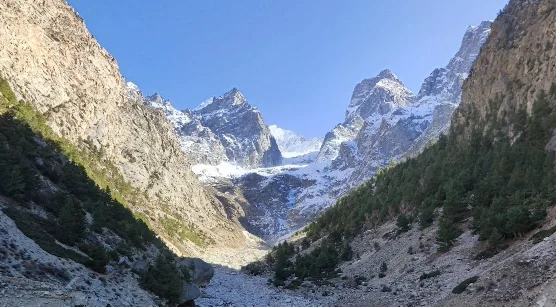
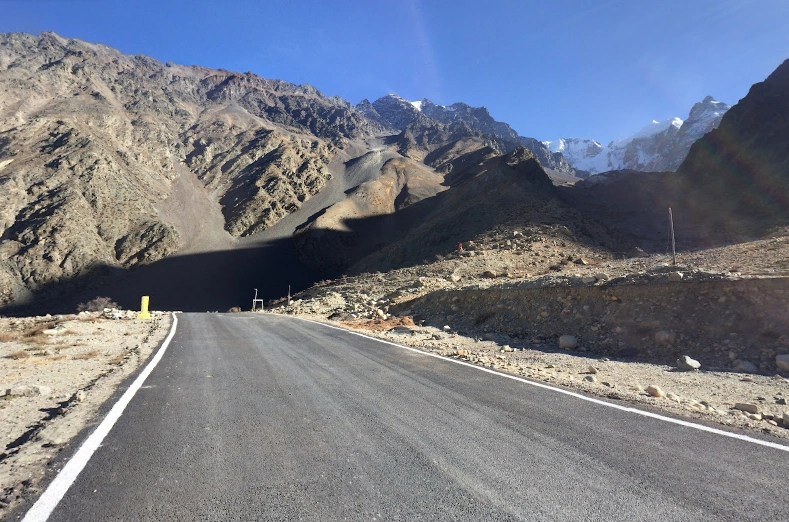
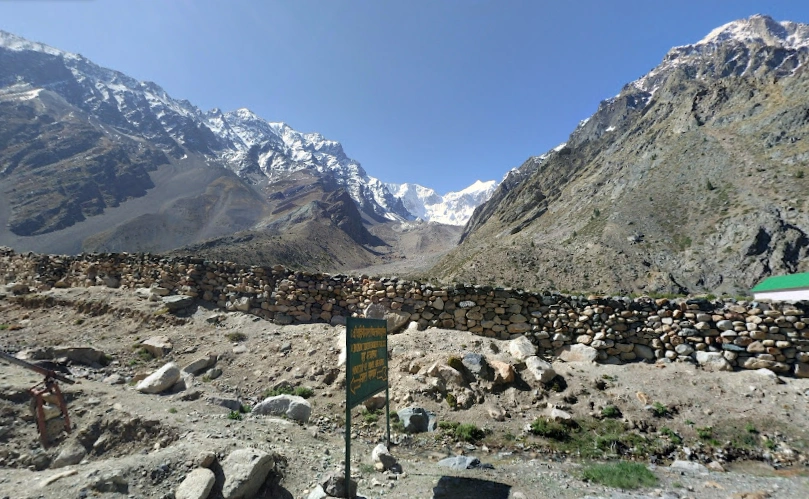
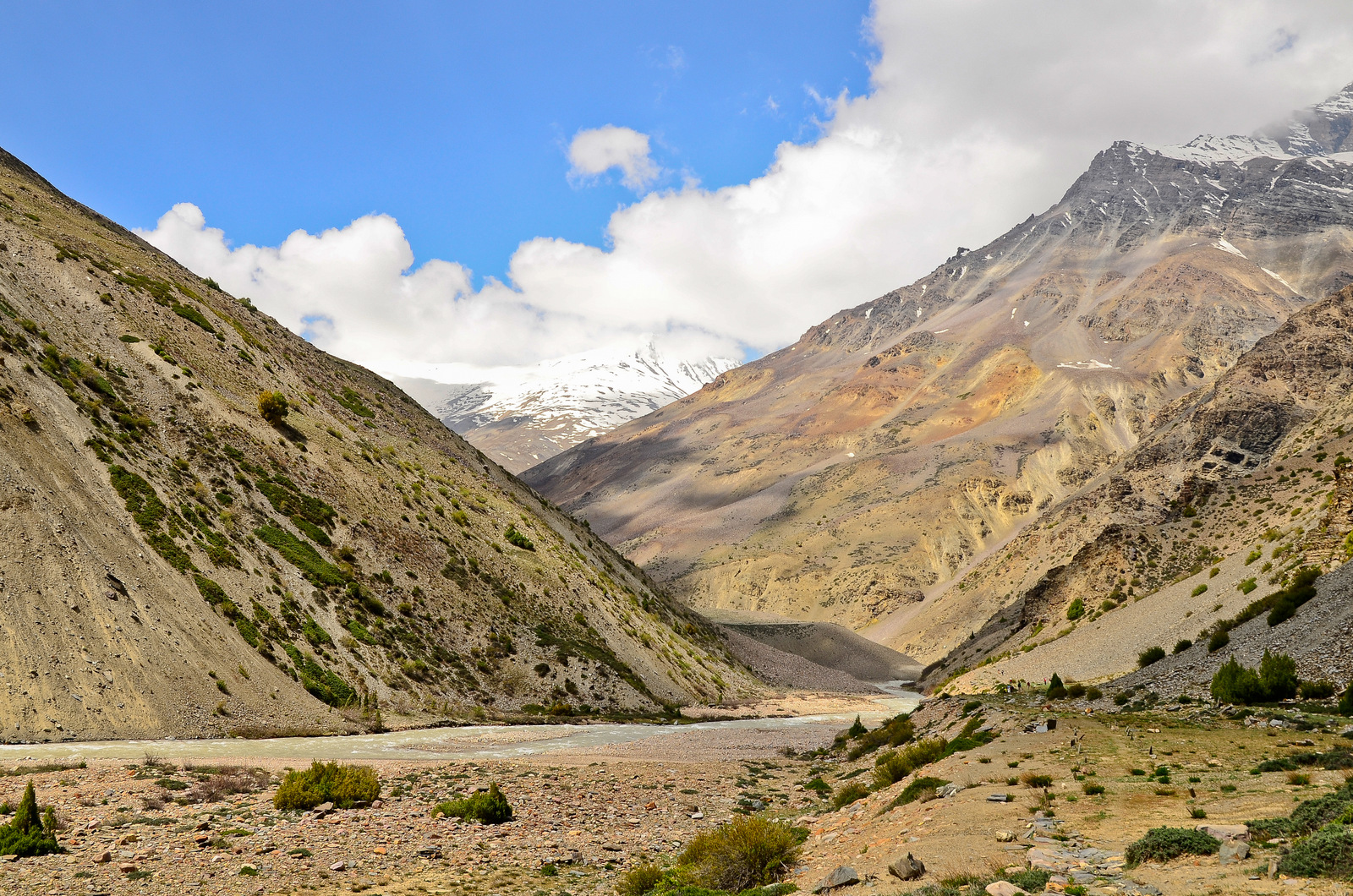
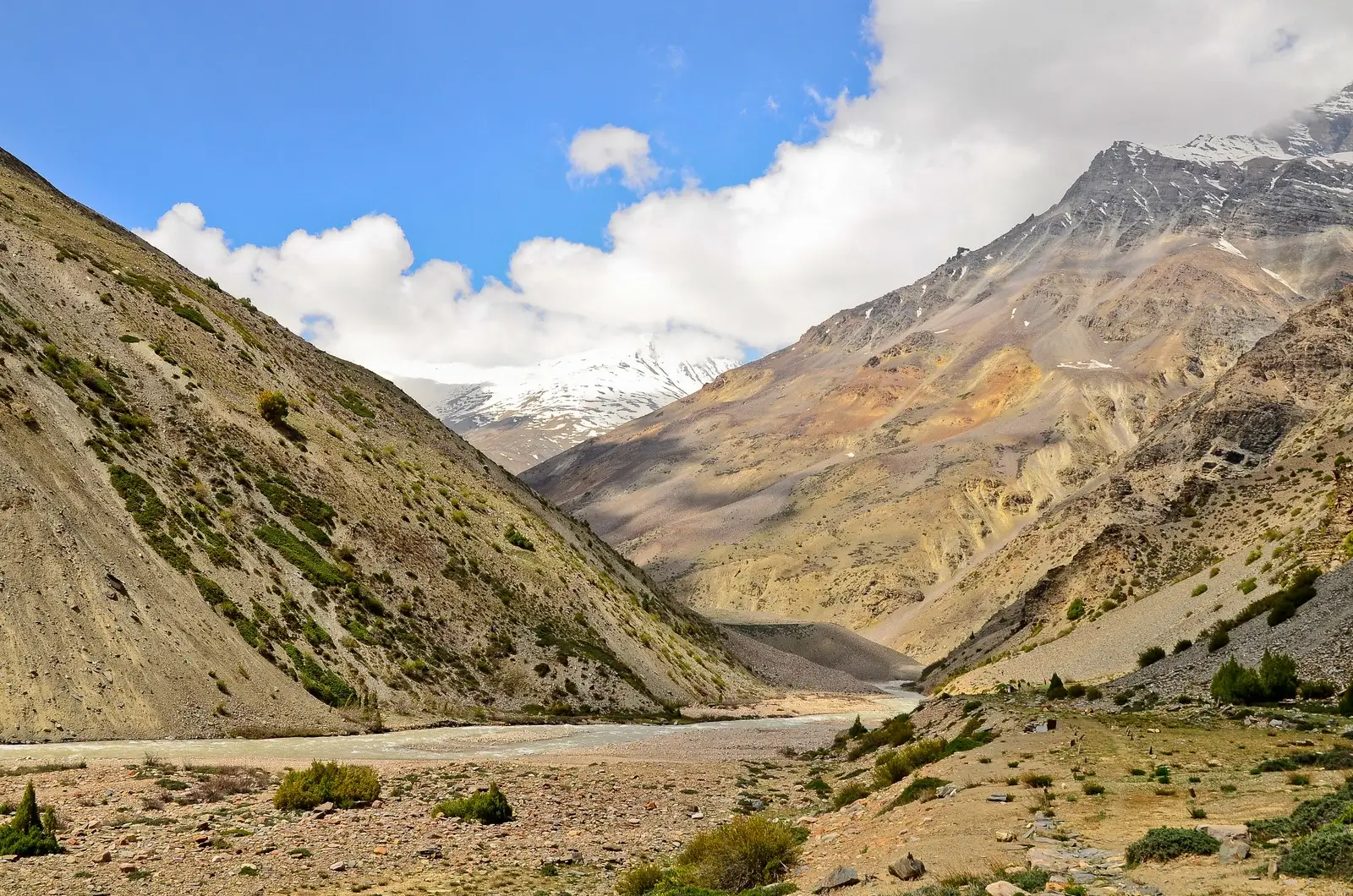


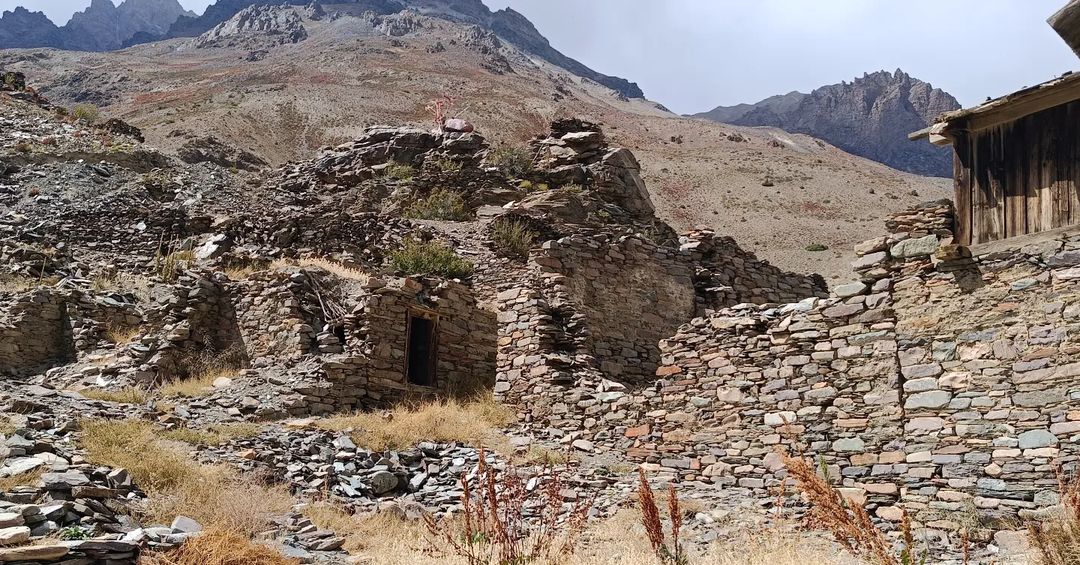
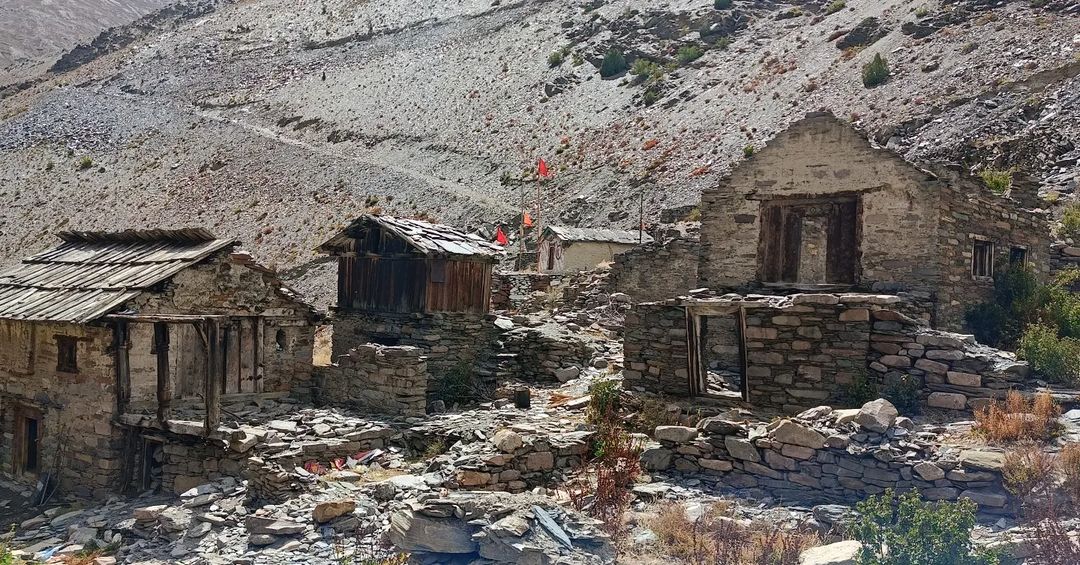

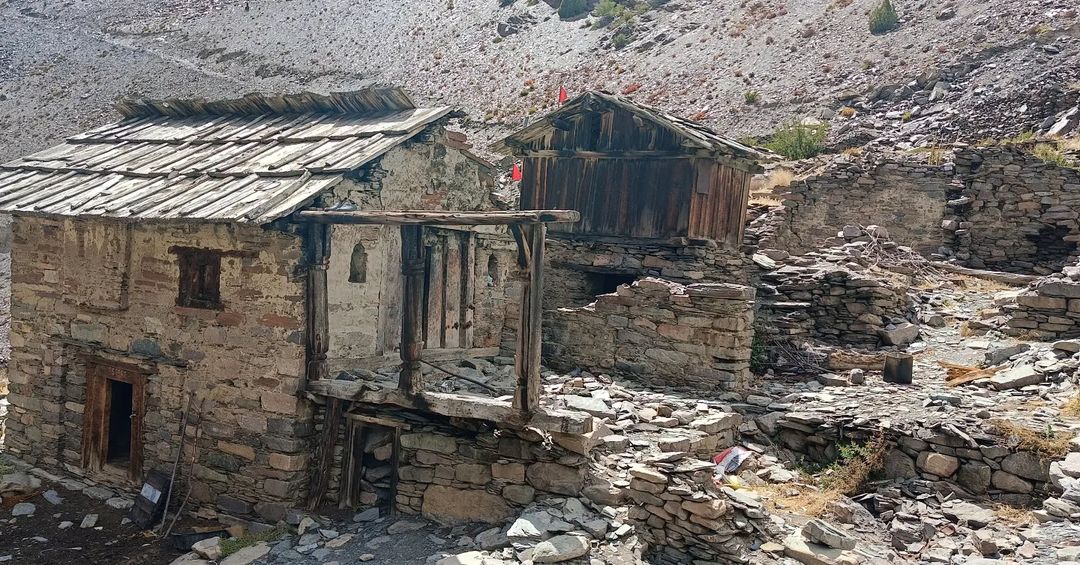
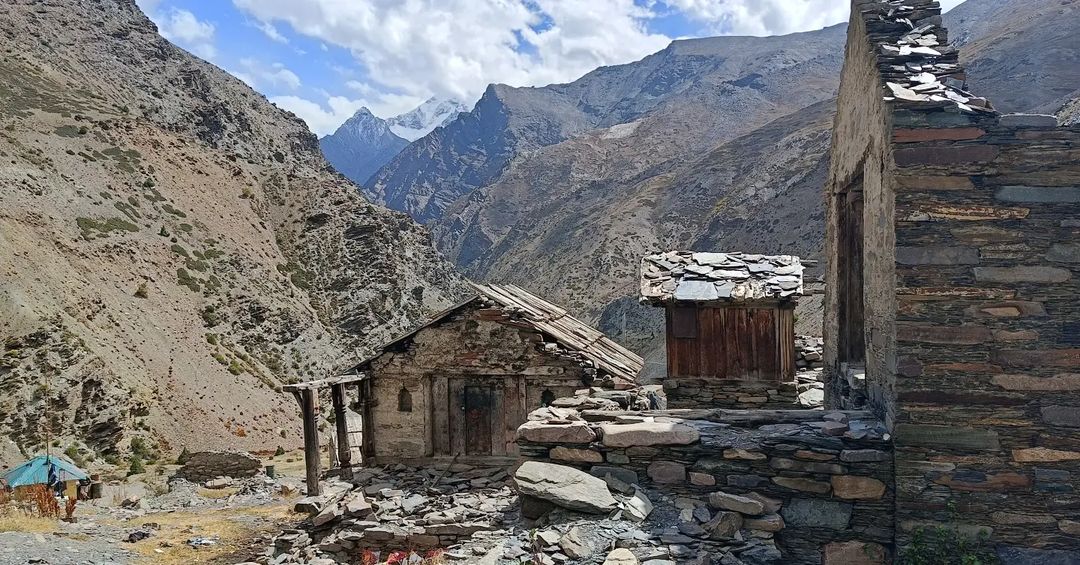

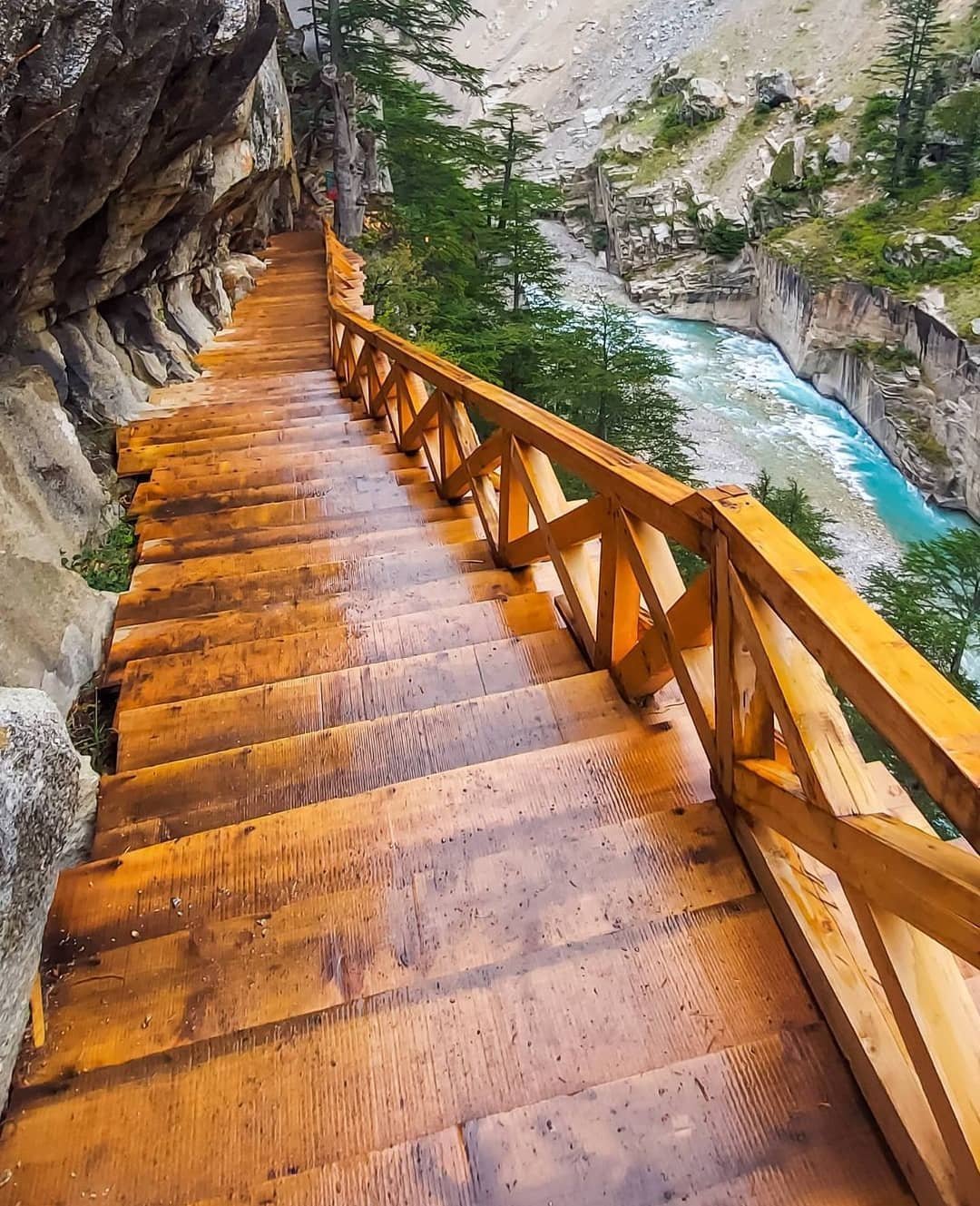
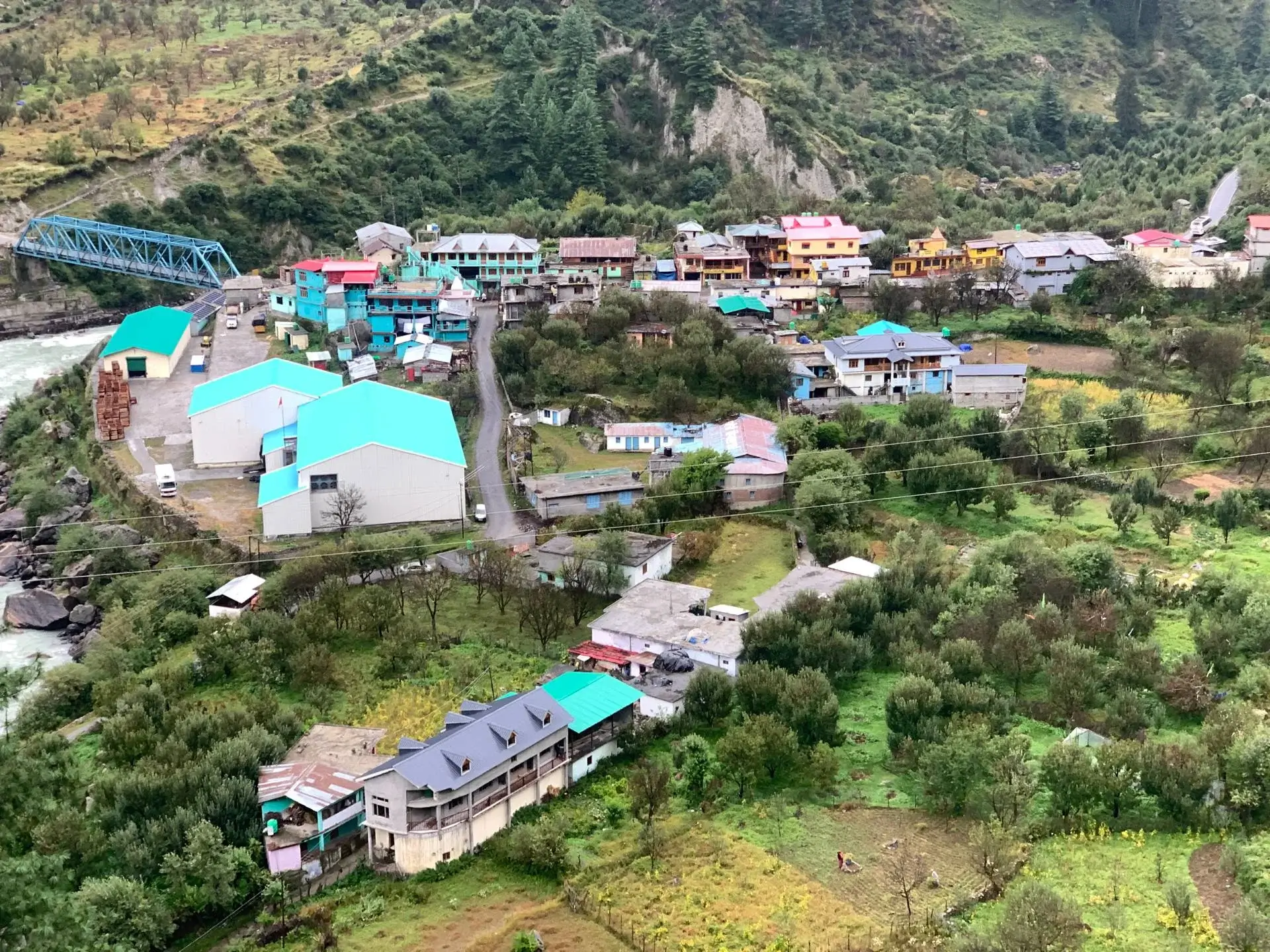
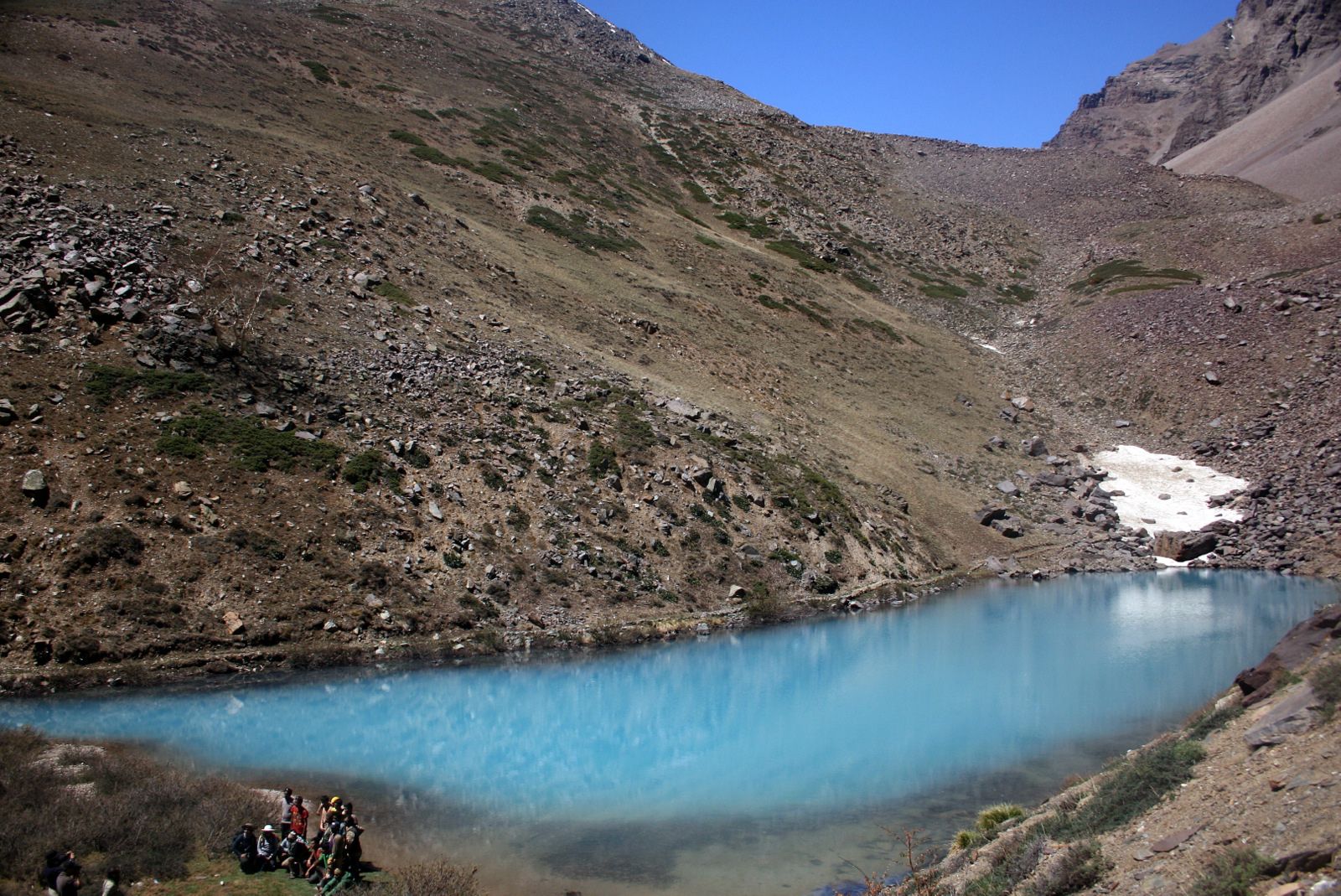
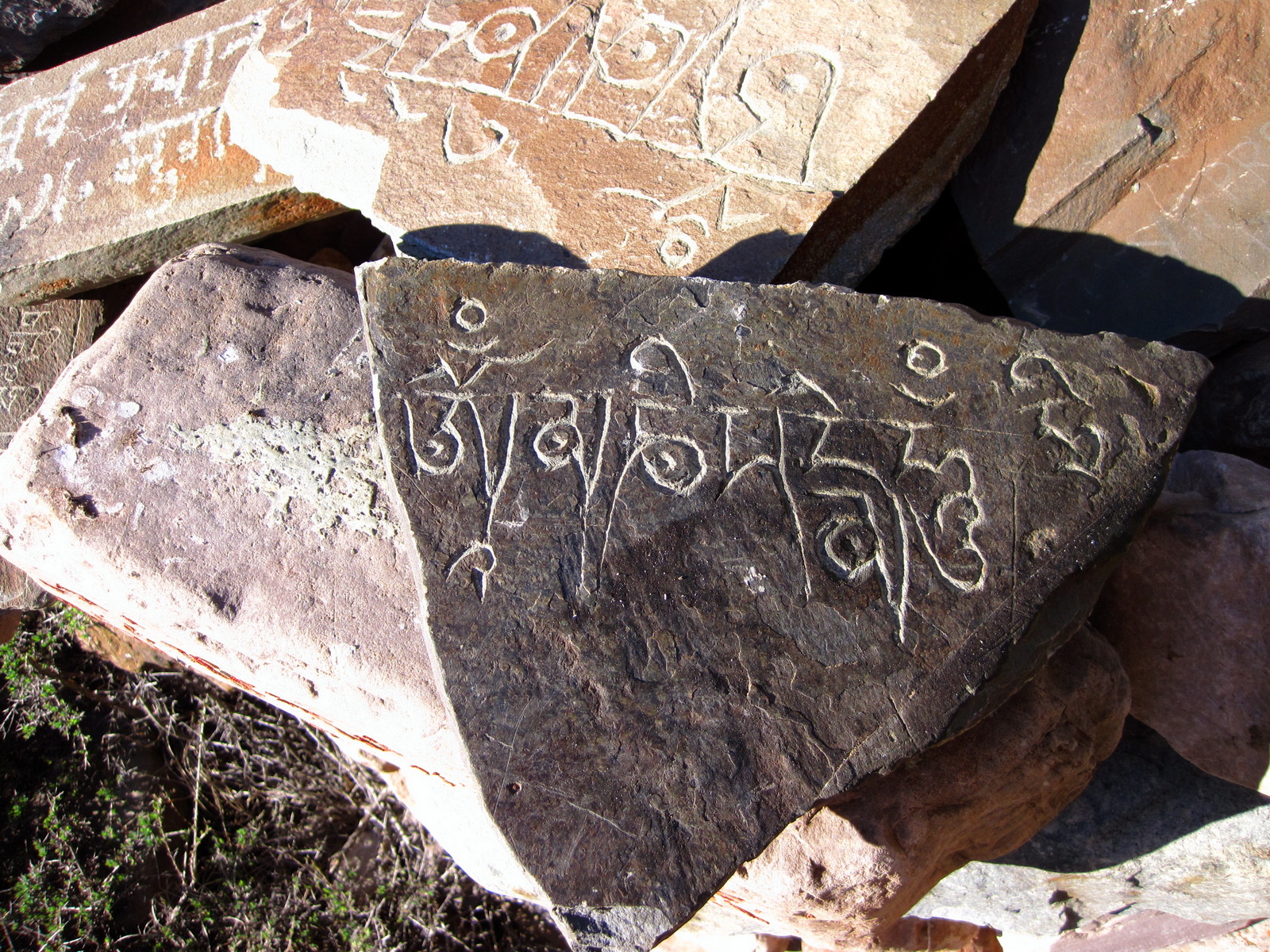
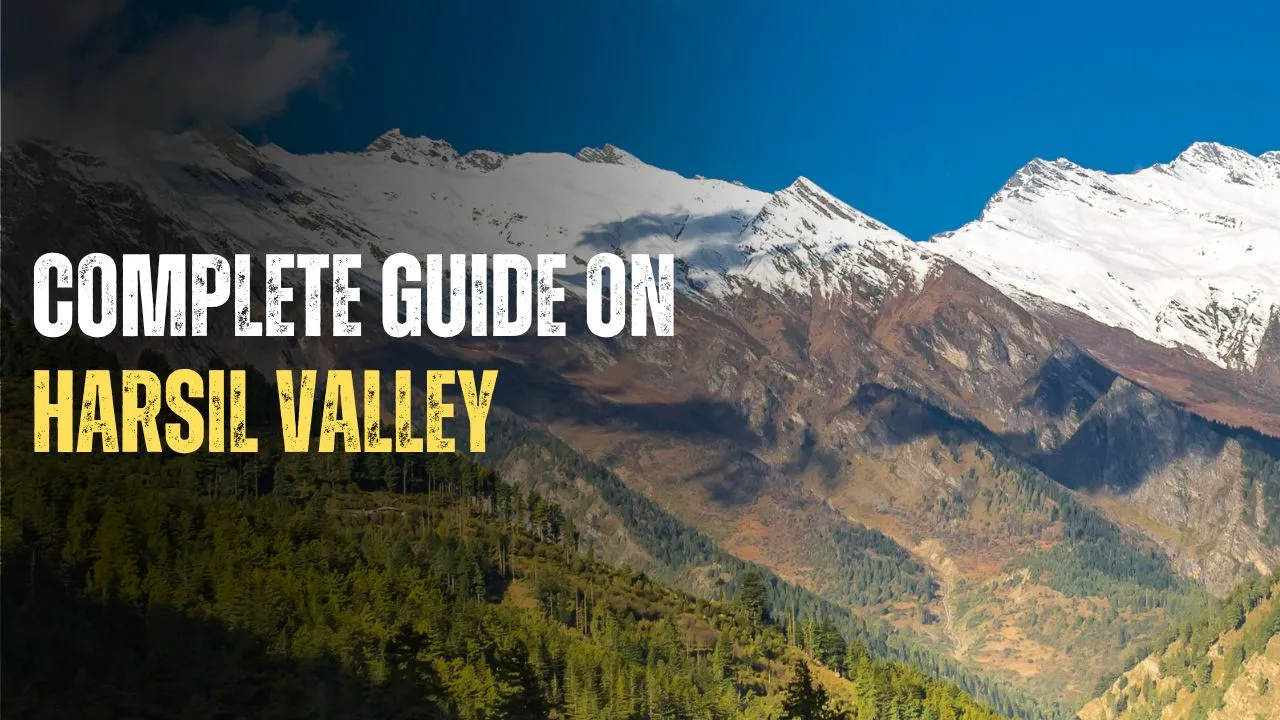
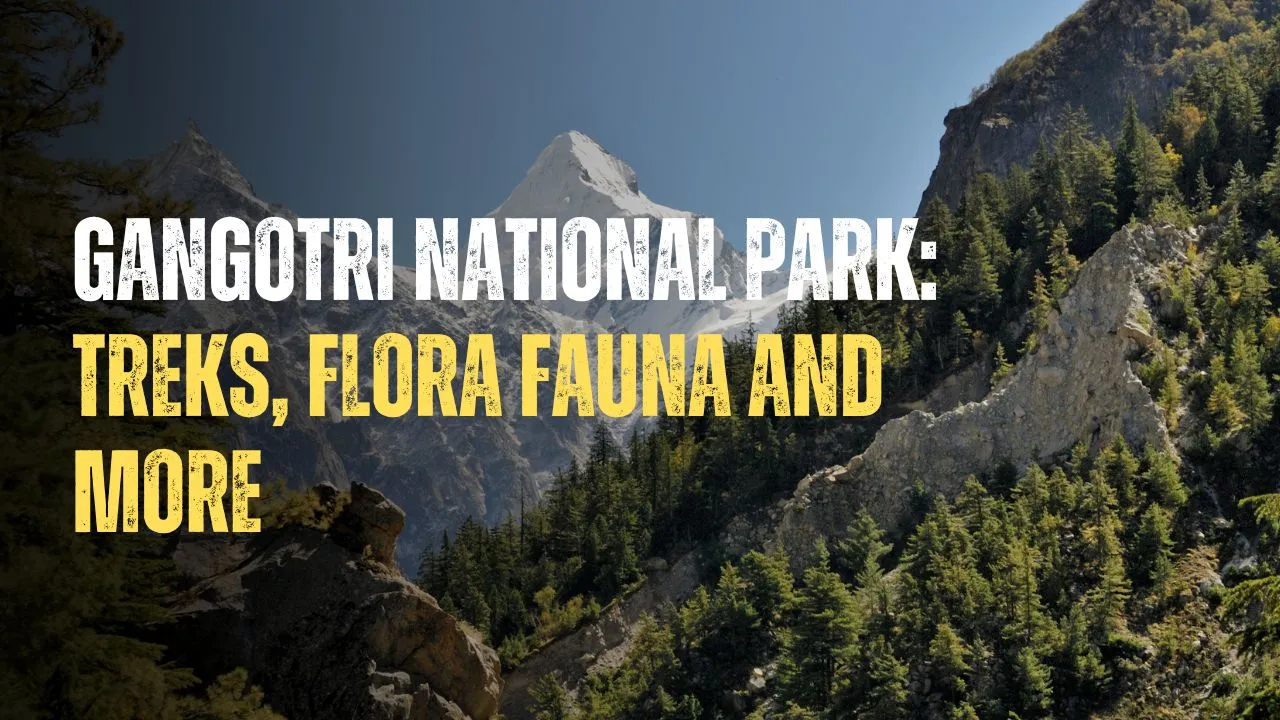

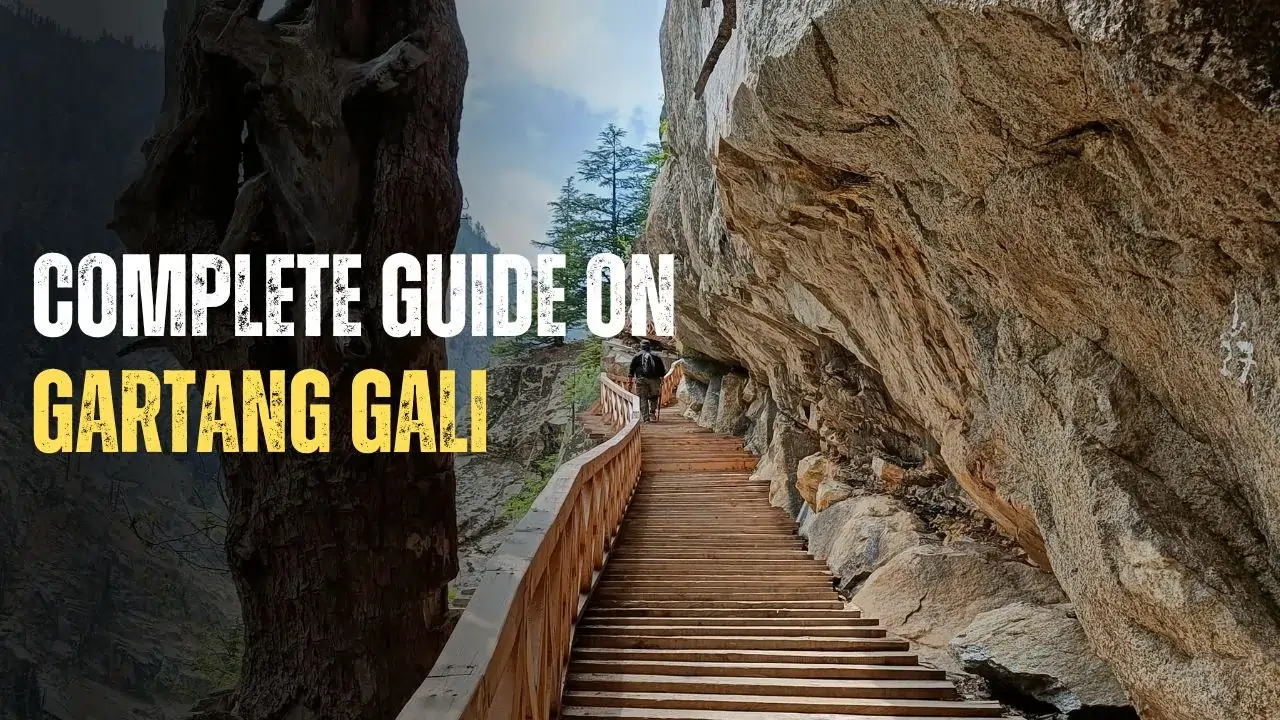

Leave a Comment